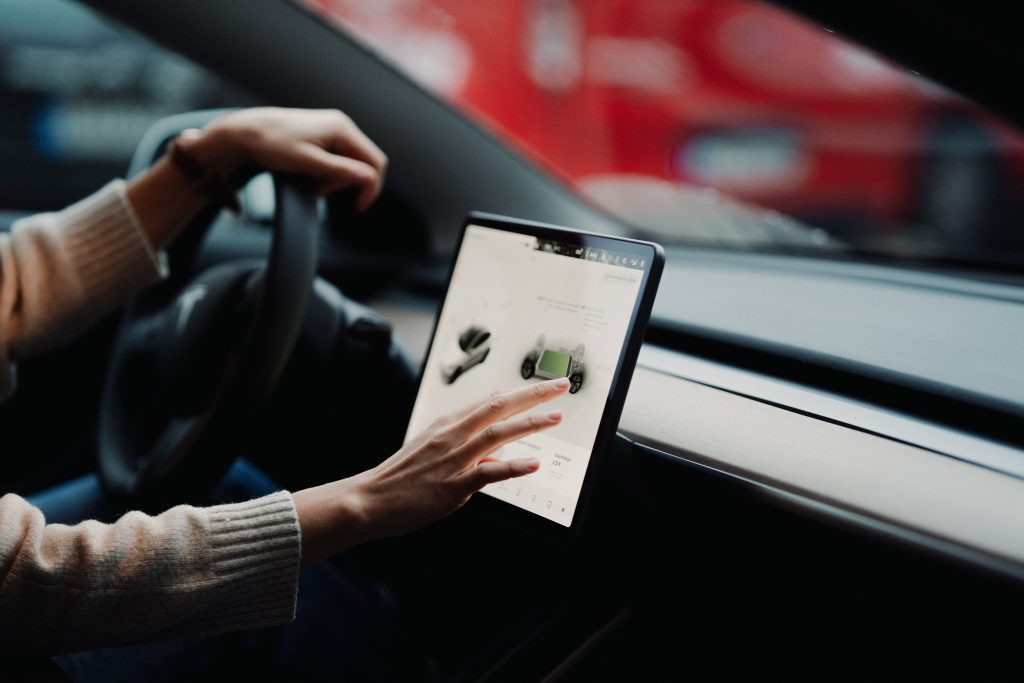By: Otaiba Ahsan

As electric vehicles (EVs) continue to grow in popularity, it’s important for consumers to become educated on battery technology. While engines require regular maintenance like oil changes to prolong their life, methods like charging limits can be put in place to help increase the lifespan of an EV battery. By taking care of your battery, it’ll help keep money in your pocket since many analyses have determined that the longer you keep your EV compared to a gas car, the more savings you’ll have. So, how do you put a charging limit on your Tesla Model 3 or Y? Continue reading for details on Tesla battery chemistry and how to put a charging limit on your car.
Types of Battery Packs in a Tesla
Tesla ships their cars with either Lithium Iron Phosphate (LFP) or Lithium-Ion battery packs. The key difference for you and me is that LFP batteries can be charged to 100% each day, whereas lithium-ion batteries are recommended to be set to between 80% and 90% to avoid faster degradation of your battery.
So, if your car has an LFP battery pack, then you really don’t have to worry about charging limits! To determine if your Tesla has one, navigate to Controls > Software > Additional Vehicle Information using the touchscreen in your car. Next, if your car has an LFP battery, it’ll display: “High Voltage Battery type: Lithium Iron Phosphate.” Consequently, if your car doesn’t have a lithium-ion battery pack then it’ll just say “High Voltage Battery” and nothing else.
Benefits of Implementing a Charging Limit
Why should we not charge our lithium-ion battery packs to 100% every time? Without getting into the details, the key thing to note is that your battery will degrade faster and lose capacity if you consistently charge past 90%. That’s why charging to between 80-90% is recommended. If your battery loses capacity due to overcharging, then it’ll hurt your car’s overall range more quickly than its natural degradation schedule. As a result, this will create a poor experience for you, as range anxiety is a real problem for EV owners. Setting a charging limit will help extend the lifespan of your battery pack and will also help keep money in your pocket as you’re not overcharging every time.
NOTE: Although setting a charging limit is key to your Tesla’s battery health, it’s not the only factor to consider. If you’re not preconditioning your car before driving, or your vehicle is exposed to extreme temperatures, your battery can be affected over time.
TIP: Always precondition your Tesla before taking it for a drive, no matter what time of year. Open the Tesla app and select “Climate’” and then tap “On” which will initiate the preconditioning of your car. You can also hit “Schedule” from the home screen in the app and then choose a time that you would like your car to precondition every day. This is useful if you’re consistently driving your Tesla at the same time each day.
How to Put a Charging Limit on Your Tesla
Setting a charging limit for your Tesla is extremely simple and can be done in one of two ways:
1. The first can be accomplished from inside your car. All you need to do is Open the Charging Screen > Tap ‘Set Limit’ > Drag the Slider to Set Desired Limit
2. The second method is to do it from your Tesla App. Once your car is plugged in, you can drag the slider to set your limit.
TIP: Maintain a regular, everyday charging routine using a low-voltage method such as level 1 or 2 charging. Avoid allowing the battery to get under 20% as this will also attribute to faster degradation. Also, try not to use DC Fast Charging like Supercharging unless necessary, like on road trips.
The Bottom Line
How do you put a charging limit on your Tesla Model 3 or Y? It’s actually an extremely simple process that can be done by either opening the charging screen and tapping ‘Set Limit’ when in your car. Or you can drag the slider in the Tesla App after you’ve plugged in your car to adjust the limit. If you have a lithium-ion battery pack, it’s best to charge between 80-90% to help preserve its life.
